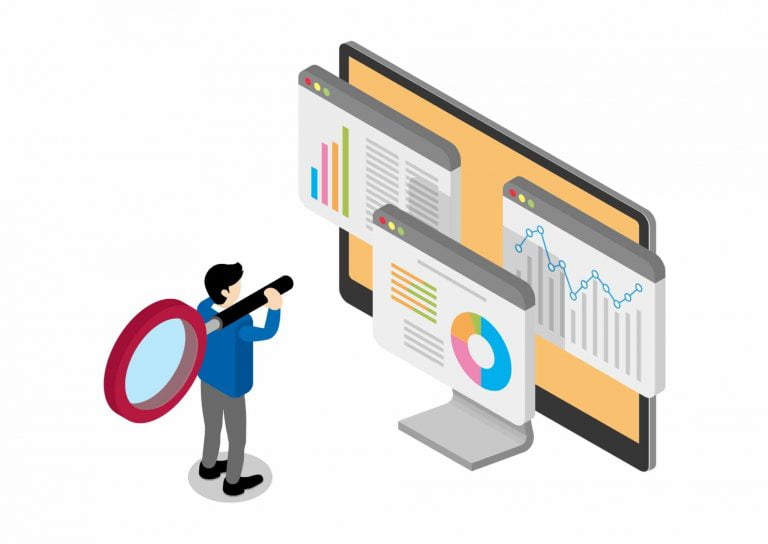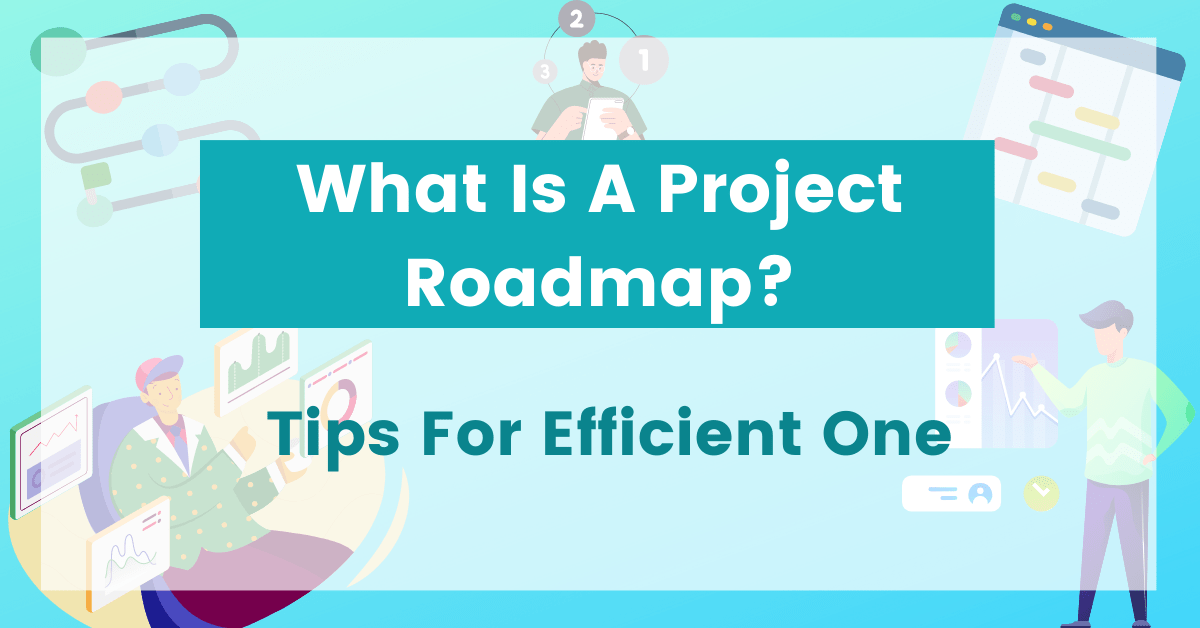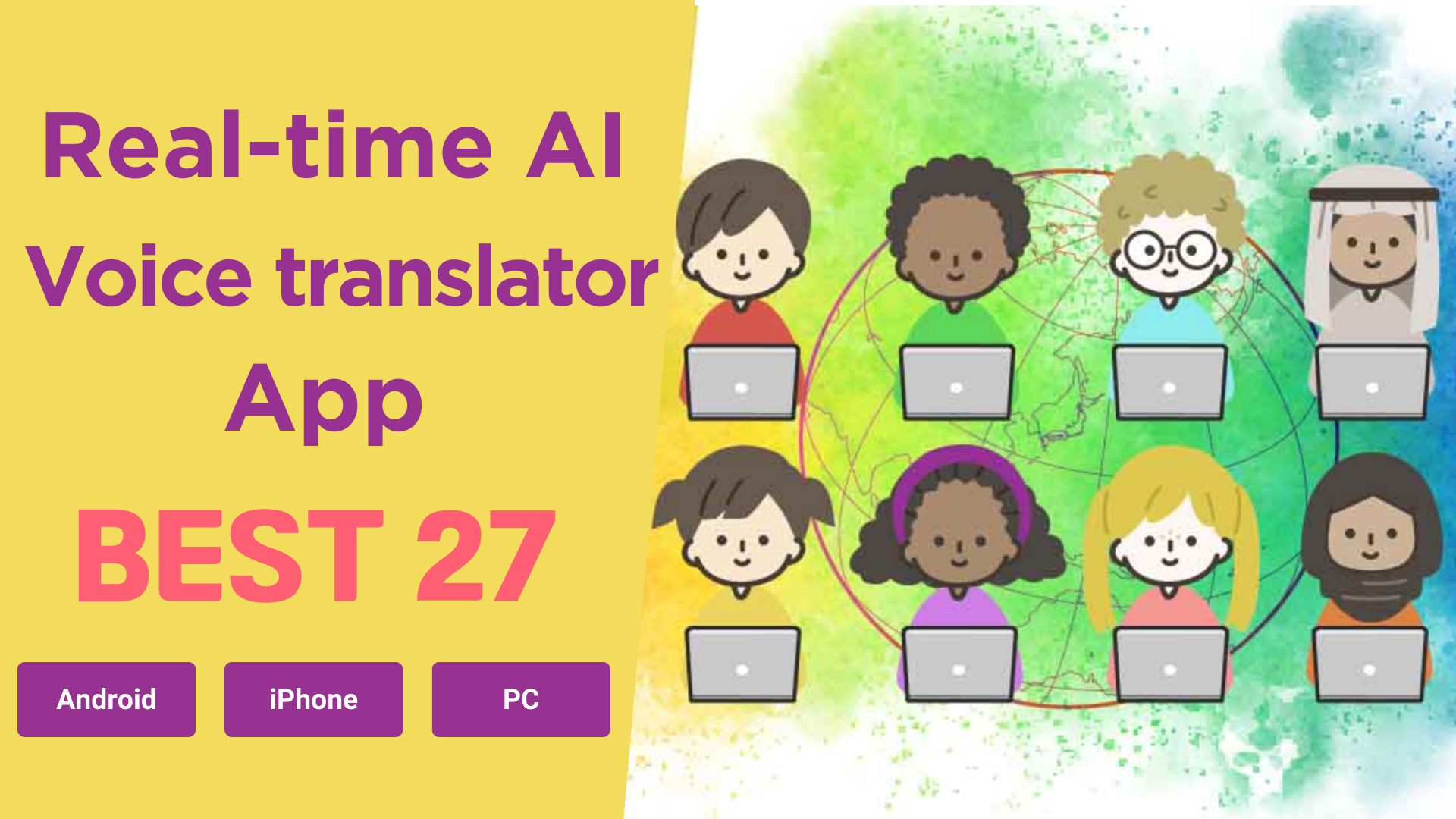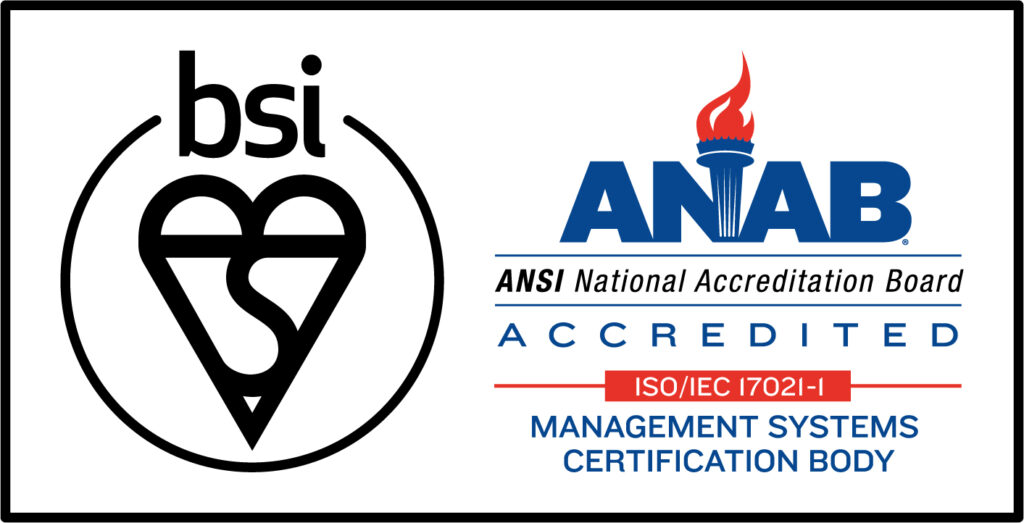What is a project roadmap?
A project roadmap is a visual representation of the key steps or milestones that need to be completed in order to achieve the goals of a project. It is a planning tool that helps project managers and stakeholders to understand the scope and direction of the project, and to track progress towards its completion.
Why do you need a project roadmap?

1. Communication
A project roadmap helps to communicate the goals and objectives of the project to stakeholders, as well as the tasks and deliverables that need to be completed in order to achieve those goals. This can help stakeholders to understand the scope and direction of the project, and to track progress towards its completion.
2. Planning
A project roadmap helps project managers to plan and organize the work that needs to be done in order to achieve the goals of the project. It allows project managers to identify the key tasks and milestones that need to be completed, as well as the resources that will be required to complete them.
3. Coordination
A project roadmap helps to coordinate the efforts of the project team and stakeholders, by providing a common understanding of the project plan and the tasks that need to be completed. It can also help to identify any dependencies between tasks and to resolve conflicts or overlaps in the work schedule.
4. Tracking progress
A project roadmap provides a visual representation of the project plan and allows stakeholders to track progress toward the project goals. It can help project managers to identify any potential delays or problems, and to adjust the project plan as needed in order to stay on track.
5. Managing change
A project roadmap helps project managers to manage change by providing a clear and consistent reference point for the project plan. It allows project managers to assess the impact of changes on the project schedule and resources, and to make adjustments as needed to keep the project on track.
On the whole, it is useful for grasping the overview and progress of the project roughly. It is convenient when you communicate the situation of the projects to related persons and manage the progress.
What should a project roadmap include?

1. Goals and objectives
The project roadmap should clearly state the goals and objectives of the project, as well as the benefits or value that the project is expected to deliver.
2. Timeline
The project roadmap should include a timeline that identifies the key dates and milestones for the project. This can help stakeholders to understand the scope and schedule of the project, and to track progress towards its completion.
3. Tasks and deliverables
The project roadmap should list the tasks or deliverables that need to be completed in order to achieve each milestone. It should also specify the resources (such as people, budget, and equipment) required to complete each task or deliverable.
4. Dependencies
The project roadmap should identify any dependencies between tasks or deliverables, such as tasks that must be completed before others can begin, or tasks that are dependent on the availability of certain resources.
5. Risks and issues
The project roadmap should include a list of potential risks or issues that may impact the project, along with a plan for addressing them.
6. Status updates
The project roadmap should include a system for tracking the status of each task or deliverable, such as a color-coded system or a percentage complete indicator. This can help stakeholders to see how the project is progressing and identify any potential delays or problems.
7. Stakeholders
The project roadmap should identify the key stakeholders for the project, including the project team, management, customers, and other parties that are impacted by or involved in the project.
Forms of project roadmaps
However, there are some standard forms to make roadmaps. This chapter explains some of them.
1. Gantt Chart

A Gantt chart is a graphical representation of a project schedule that shows the planned tasks or activities and their corresponding deadlines. It is a useful tool for planning, scheduling, and tracking the progress of a project, as it provides a clear visual representation of the work that needs to be done and the dependencies between tasks.
A Gantt chart typically consists of a horizontal timeline that represents the duration of the project, and a list of the tasks or activities that need to be completed. Each task is represented by a bar on the chart, with the length of the bar indicating the estimated duration of the task. The position of the bar on the timeline indicates the start and end dates of the task, and the bars may be connected with arrows to show the dependencies between tasks.
2. Task List

A task list is a list of tasks or activities that need to be completed in order to achieve a specific goal. It is a common tool used in project management to organize and track the progress of work. Task lists can be used for projects of any size and complexity.
A task list typically includes a description of each task, along with information such as the estimated duration of the task, the person or team responsible for completing the task, and any dependencies or constraints that may affect the task. Task lists can be created and managed manually, using a spreadsheet or other document, or they can be created and managed using project management software.
Tips for building an effective project roadmap

1. Make sure of the resources and establish a realistic plan
Even if a roadmap is established, it is useless if it is too ideal and unrealistic. Rather, the manager will have a hard time making sure of the progress and fixing the roadmap.
Roadmaps must be realistic and feasible. Managers must consider it from not only the perspective of deadlines but also available resources. If resources are not enough to meet the deadline, managers should prepare them.
Estimating loads of each task and allocating resources properly is the managers’ responsibility.
2. Establish quantifiable indicators for monitoring the progress
After establishing the roadmap, managers must monitor the project’s progress. If the project seems to be unable to keep it, managers develop measures. In some cases, he might change the roadmap.
These are managers’ important tasks. Establishing quantifiable indicators is very useful for them. If the indicators are vague, managers have difficulty judging whether the progress is behind schedule or not and how far.
3. Get approval from stakeholders just after building a roadmap
One of the important roles of roadmaps is to explain the schedule, progress, and so on to stakeholders roughly. However, if you have not shared schedules with stakeholders, problems might be discovered later.
After establishing the roadmap, managers should get approval from stakeholders.
Software for building roadmaps and monitoring the progress
As mentioned earlier, when building roadmaps and monitoring the progress, close communications between managers, employees, and stakeholders are very important. However, it is not easy especially, when remote jobs are popular.
VoicePing, a virtual workspace software, is useful for communication even remotely. Using this, you can work with members as if you are at the same office. This software has some useful functions, for example, call out, transcribe, collaborate, time tracking, and so on.





